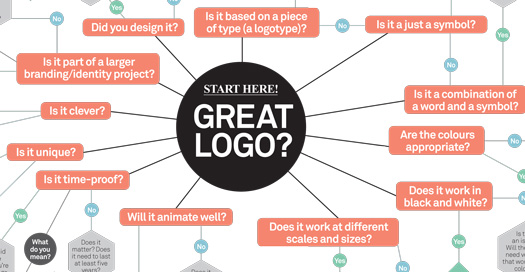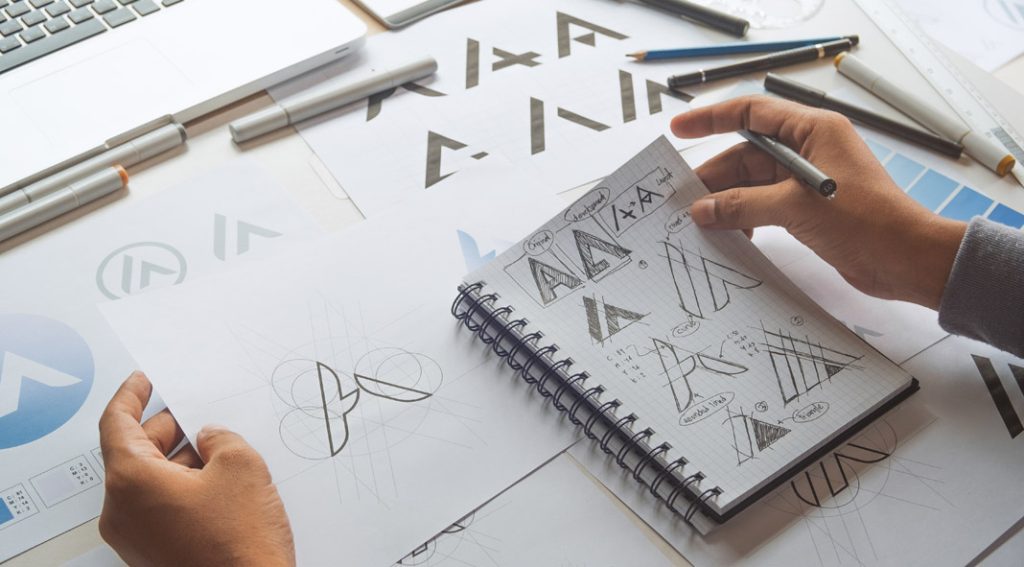
In today’s competitive market, having a distinctive and memorable logo can set a brand apart from the rest. A logo isn’t just a visual mark; it embodies a brand’s values, message, and identity. Designing an impactful logo requires more than just creativity—it demands a strategic approach. This guide will walk you through essential tips to craft the perfect logo for your brand.
Understanding Your Brand
Before sketching out designs, it’s crucial to have a profound understanding of your brand. What are its values? Who is its target audience? What message does it aim to convey? Answering these questions will provide a roadmap for your design process.
Your logo should reflect the brand’s character, whether it’s playful, serious, traditional, or innovative. Recognizing your brand’s personality ensures that your logo resonates with your target audience and remains authentic to your brand ethos.
Furthermore, researching competitors’ logos in your industry can offer insights into prevailing design norms and help you identify opportunities to stand out.
The Power of Simplicity
Some of the world’s most recognized logos are simple. A minimalist design often has the strength of being instantly recognizable and easily memorable. Complex logos can be hard to reproduce and may lose clarity when scaled down for business cards or promotional materials.
A straightforward design can communicate a brand’s message more effectively, without any distractions. Remember, sometimes less is more.
Color Psychology
Colors evoke emotions and can significantly influence perceptions. Understanding color psychology can be a game-changer in logo design. For instance, blue often represents trust and reliability, while red can signify passion and energy.
It’s essential to choose colors that align with your brand’s personality and message. Also, ensure your logo looks appealing in grayscale, as there may be instances where a monochrome version is required.
Lastly, while it’s tempting to use multiple colors, it’s wise to limit the palette to avoid making the logo look cluttered.

Typography Matters
Typography plays a pivotal role in logo design. The right font can enhance your logo’s character, while a misfit can disrupt its coherence. There are thousands of fonts available, but not all will align with your brand’s tone and message.
When choosing a typeface, consider its legibility, especially when scaled down. Avoid using too many fonts in one logo—it can make the design look disjointed. If your logo includes both text and a symbol, ensure they complement each other harmoniously.
Custom typography can also be an option for brands looking for a unique and distinctive logo.
Flexibility and Scalability
In the digital age, your logo will appear on various platforms—from billboards to mobile apps. Designing a flexible logo that retains its integrity across diverse mediums is paramount.
Ensure that the logo maintains its clarity and impact, whether it’s on a large banner or a small social media icon. Vector designs are preferable as they can be scaled without loss of quality.
Concluding Insights
Designing a logo is an exciting journey that merges creativity with strategy. It’s more than just a visual task—it’s about capturing the essence of a brand and translating it into a design that resonates with audiences and stands the test of time.
Regularly revisiting and updating your logo can ensure it stays relevant and continues to reflect your brand’s evolution. Remember, a logo is the face of your brand, so invest the time and thought it deserves.
